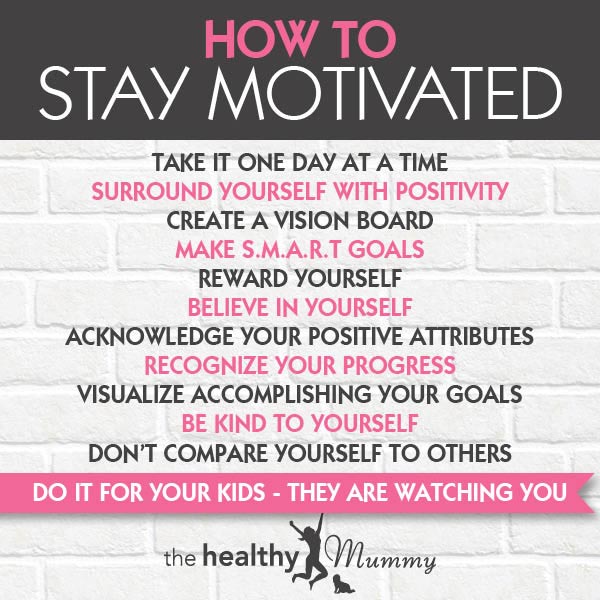Sitting for extended periods can bring about weakening as well as wasting away of the big leg as well as gluteal muscles. These huge muscular tissues are very important for strolling and for stabilising you. If these muscular tissues are weak you are more probable to wound on your own from falls, as well as from pressures when you do work out. If you stand or move throughout the day, you have a reduced danger of passing than if you sit at a workdesk. If you live an inactive way of life, you have a higher possibility of being obese, developing type 2 diabetic issues or heart disease, and experiencing clinical depression and anxiety.
Is it OK to sit all day?
Sitting also raises your risk of heart disease, diabetes, stroke, high blood pressure, and high cholesterol, which all play a role in the condition. Moving throughout the day can help even more than exercise to lower your risk of all these health problems.
Do this slowly and in control, concentrating on not collapsing forward with your chest," she advises. Simply try not to make too much noise or your deskmate may increase an eyebrow. And when you get home afterwards long, tough day at the office (as well as sara purcell the commute, which likely sees you taking a seat), discover something to do besides seeing TELEVISION. Individuals who sit to view three or more hrs of TV per day are 64% most likely to die from heart problem.
Your guide to declaring home office expenditures at tax obligation time.

5 mins invested doing stretches one hour, and also 5 minutes spent doing enhancing exercises the next. Essentially, when you're resting your body isn't doing much, which creates all kind of long-term problems when you do it every day. Cardiovascular workout as well as toughness training both play a substantial role in targeting weight loss and boosting muscle size. Discovering the right balance of both will rely on your specific goals, how swiftly you want to attain them, and the quantity of time you can dedicate to exercising.
How can I stop sitting so long at work?
Postural stress is the most common cause of lower back pain. Generally, when you're standing and walking, the increased pressure on your spine can make the lower back muscles tighten and spasm, leading to pain. Some specific causes of lower back pain include: spine.
You can respond to the postural imbalances and pain with smart extending, mobility work, as well as exercise. You can avoid them entirely, or at least alleviate their effect, by changing exactly how you sit or work at a computer system. No standing in perpetuity called for (although it can not injure!).
- I started a comparable routine that summer season at the law practice.
- I have at job a standing workstation (makeshift) performed with old monitor stands.
- You could notice swelling and also discomfort, but some individuals have no signs.
- That implies burning calories via strolling, running, cycling, aerobics or various other exercise to aid preserve weight and keep yourself in good cardiovascular wellness.
Since your glute muscle mass have a tendency to snooze while you're being in a chair all day, Pollicelli says among the most effective things you can do is concentrate on strengthening them when you exercise. However you don't even have to go to the gym to begin servicing these muscle mass. She recommends doing glute presses at your workdesk to assist activate the muscles.
How often should you get up and move around when sitting at a desk?
A growing amount of research suggests that just standing -- https://nimb.ws/UIxsD0 even if you don't walk around -- can have health benefits. To get the right balance, sit 20 minutes out of every half hour at work, standing for eight minutes and moving around for at least two minutes.

If the monitor's height does not change, stick hefty books under it or increase your desk chair. Yea, you're more probable to have it, also, if you rest throughout the day. Because you melt fewer calories, and also it isn't only. Another risk from sitting all the time as well as not getting much activity after hrs either is deterioration of muscular tissues, such as the gluteus maximus muscle mass that define our Visit this page behinds.
Your "core" muscles are the ones in your back, sides, pelvis, and buttocks. Reinforcing them enhances balance and also power as well as lower belly fat. Doing standard movements like sit-ups, grinds, leg lifts, bows, as well as lunges can minimize your risk of a poor loss and also will help you in your other workouts, like swimming or running. But let's face it, strolling holds little allure-- or physical advantage-- for any person that currently works out.
Does sitting make your butt flat?
Sitting down is literally changing the shape of your butt. “An anterior pelvic tilt (tight hip flexors) can make your booty appear flatter," Giardano said. You don't have to quit your desk job to keep your butt looking it's best. A few simple changes can prevent the negative side effects of sitting.